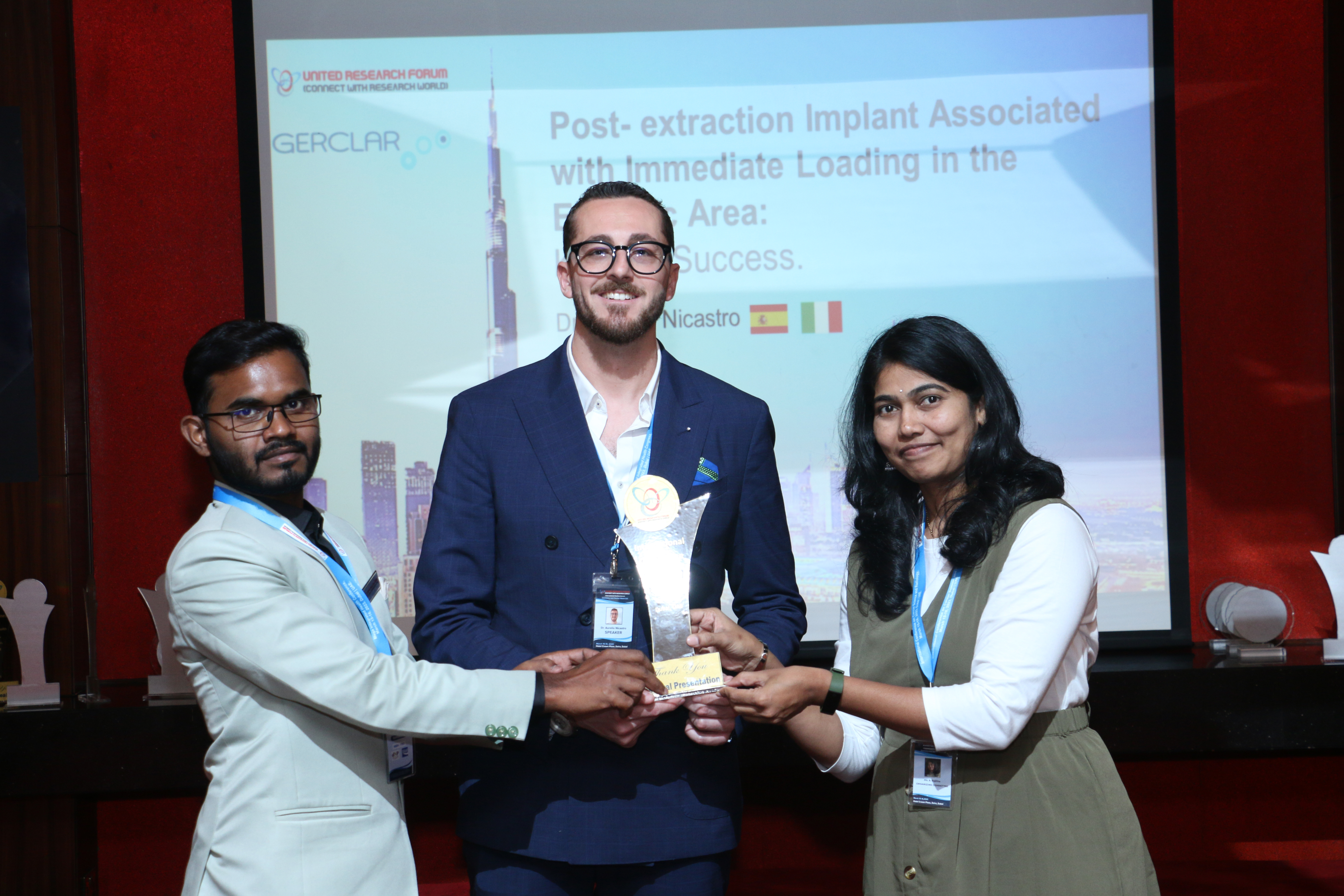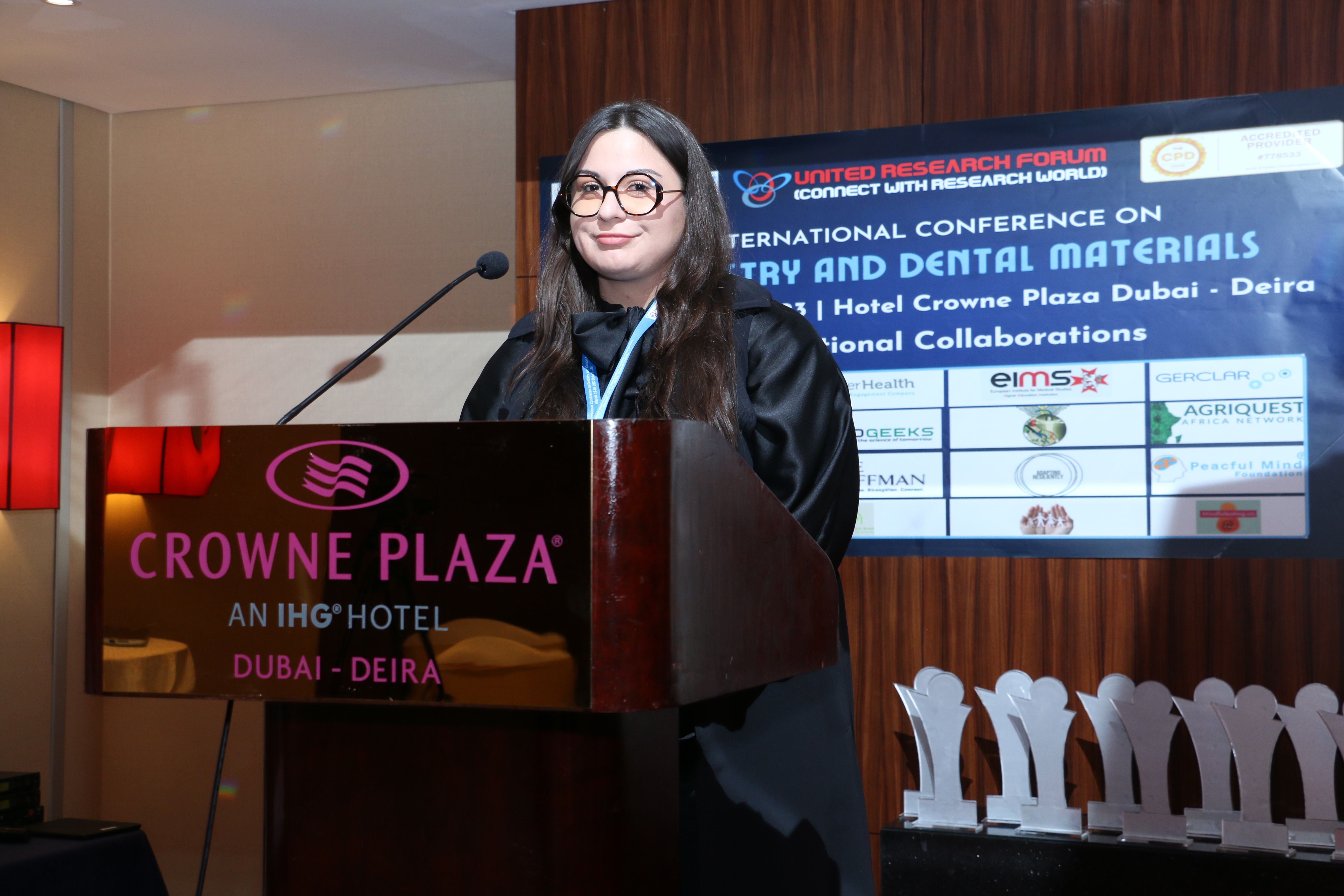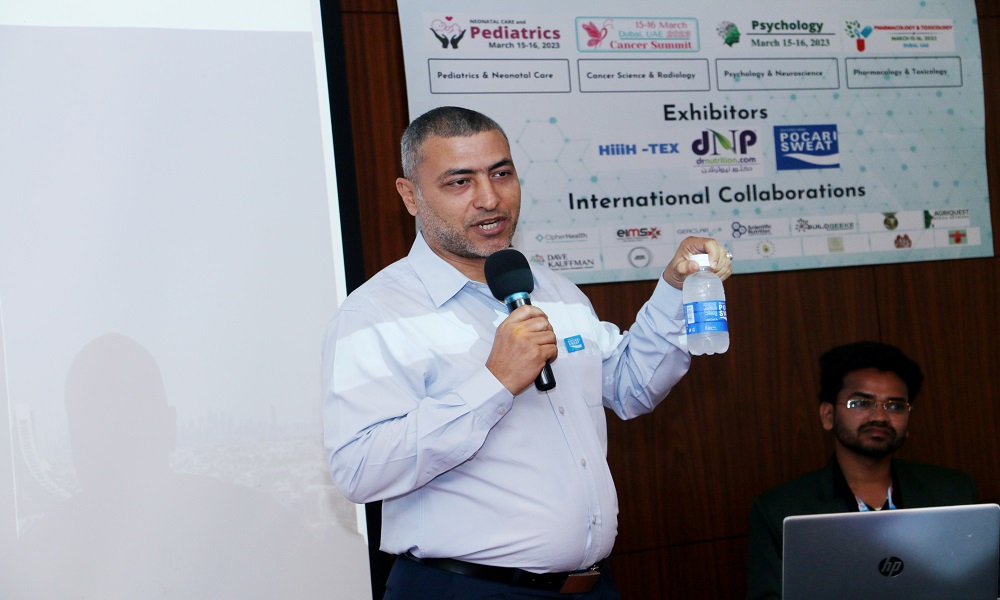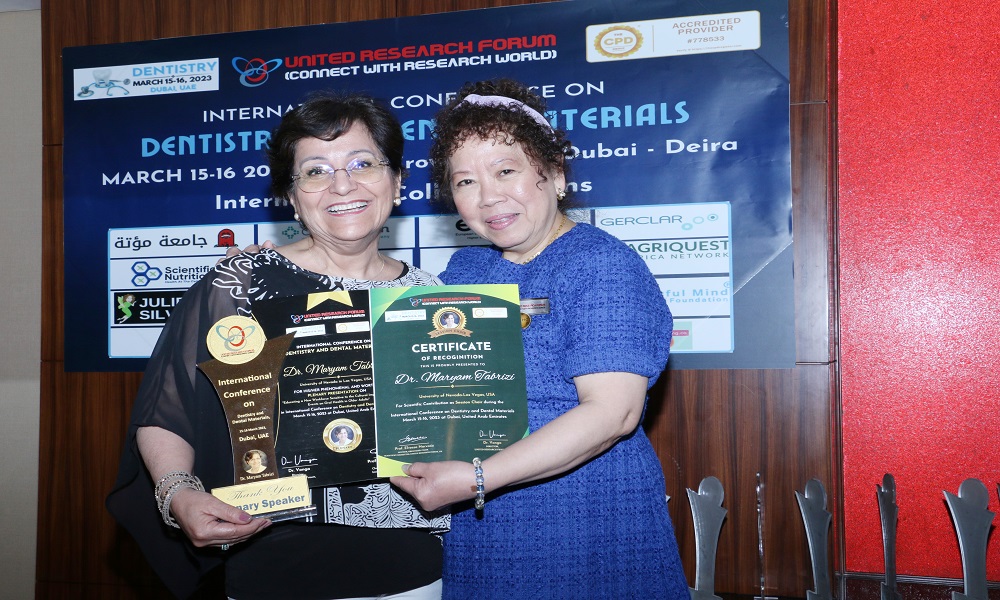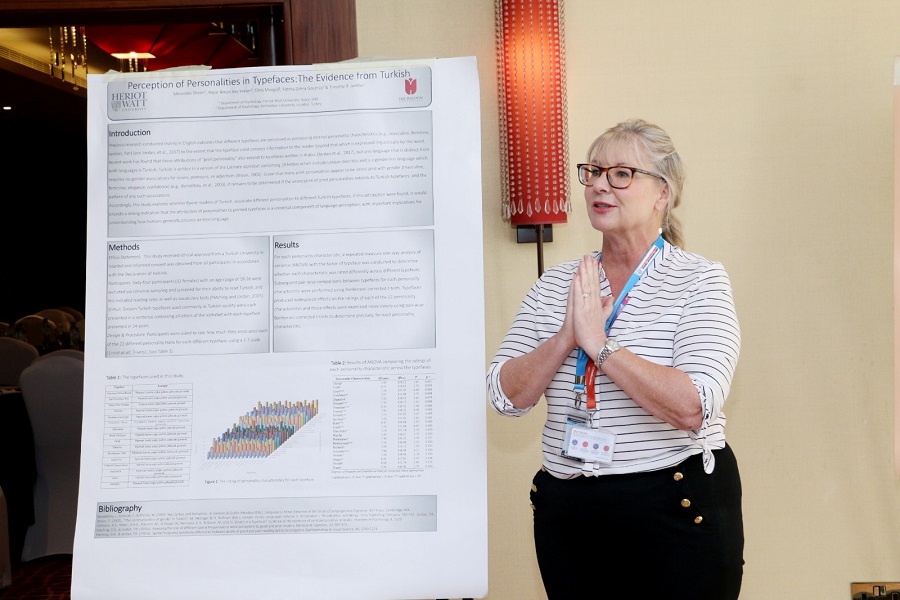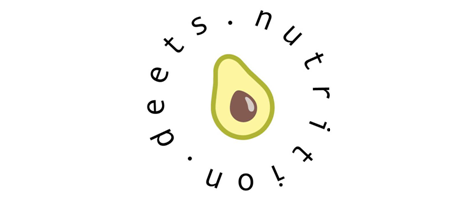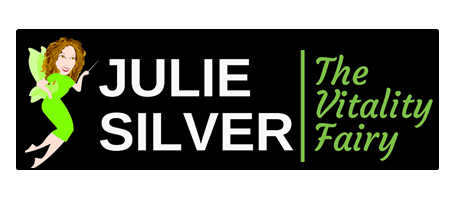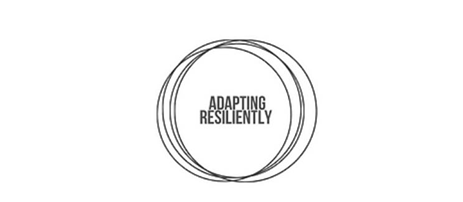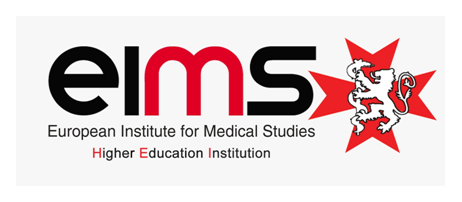We are pleased to extend an official invitation for your participation in the 5th International Conference on Pediatrics and Neonatal Care (ICPN 2026), scheduled for 21–22 July 2026 in Vienna, Austria and online.
This distinguished international gathering will convene leading experts in pediatrics and neonatology—including clinicians, researchers, nurses, and allied health professionals—to explore current advancements, emerging research, and innovative models of care in child and newborn health.
Conference Theme:
“Advancing Pediatric Innovation and Neonatal Wellness: Global Approaches and Local Solutions.”
ICPN 2026 will provide a comprehensive platform for knowledge exchange, international collaboration, and the dissemination of pioneering approaches in pediatric and neonatal healthcare. Over two insightful days, the program will feature keynote addresses, scientific sessions, interactive workshops, and expert panel discussions delivered by globally recognized authorities.
Attendees will gain insights into cutting-edge research, technological innovation, and transformative approaches shaping the future of pediatric and neonatal healthcare worldwide.
Target Audience:
Pediatricians; Pediatric Faculty; Medical Colleges; Pediatric Surgeons; Pediatric Physicians; Pediatric Nurses; Childcare Specialists; Pediatric Hepatologists; Academic Professionals; Pediatric Students and Scientists; Pharmaceutical Representatives; Healthcare Professionals; Chemists and Drug Specialists in Pediatric Medicine; Training Institutes; Pediatric Associations and Societies.
For additional information, please contact the Conference Organizer:
Dr. Carl Fedrick
Email: [email protected]
Tel: +44 7760 130675
| General Pediatrics |
| Neonatology & Child Health |
| Advances in Neonatal Intensive Care |
| Infectious Diseases, Immunology & Vaccination in Children |
| Childhood Development and Behavioral Pediatrics |
| Genetics and Genomic Medicine in Pediatrics |
| Pediatric Emergency Medicine |
| Pediatric Neurology and Child Psychology |
| Autism and Rehabilitation |
| Pediatric Cardiology and Pulmonology |
| Pediatric Oncology / Hematology |
| Pediatric Nutrition |
| Pediatric Surgery |
| Pediatrics Endocrinology & Gastroenterology |
The United Research Forum (URF), United Kingdom, has an established reputation for organizing influential academic and professional events dedicated to promoting research excellence, innovation, and global collaboration in the health sciences. Our previous conferences have successfully brought together leading experts in pediatrics, neonatal care, child health, and developmental medicine.
Past Conferences Organized by URF
• Pediatrics Virtual 2021 – International E-Conference on Pediatrics and Neonatology, 16–17 April 2021 (Virtual)
• ICPN 2022 – International E-Conference on Pediatrics and Neonatology, 25–26 April 2022 (Virtual)
• Pediatrics Summit 2023 – 3rd International Conference on Pediatrics and Neonatal Care, 15–16 March 2023, Dubai, United Arab Emirates
• ICPN 2025 – 4th International Conference on Pediatrics and Neonatal Care, 23–24 July 2025, Van der Valk Hotel Paris CDG Airport, Paris, France
Each of these events has played an essential role in fostering collaboration, stimulating scholarly dialogue, and facilitating global knowledge exchange within the pediatric and neonatal healthcare communities.
We are honored to announce our upcoming milestone event—the 5th International Conference on Pediatrics and Neonatal Care, taking place 21–22 July 2026 in Vienna, Austria.
This esteemed conference will bring together pediatricians, neonatologists, researchers, policymakers, and healthcare professionals from across the globe to address critical challenges and emerging developments in pediatric and neonatal care. Participants will benefit from distinguished keynote lectures, interactive discussions, practical workshops, and high-value networking opportunities.
We look forward to welcoming you to Vienna for an enriching experience that reflects our continued commitment to academic excellence and professional advancement.
Join Us at ICPN 2026 – Vienna, Austria | 21–22 July 2026
The United Research Forum (URF), UK, is delighted to invite you to the 5th International Conference on Pediatrics and Neonatal Care (ICPN 2026) in the vibrant city of Vienna, Austria.
ICPN 2026 is the premier global gathering for pediatricians, neonatologists, researchers, and healthcare professionals to share knowledge, explore innovations, and advance child and neonatal health worldwide.
Over two days, the conference will feature:
- Renowned keynote speakers sharing cutting-edge insights
- Interactive scientific sessions and hands-on workshops
- Dynamic panel discussions addressing clinical practice and emerging research
- Exceptional networking opportunities with peers and global experts
Beyond the conference, enjoy Vienna’s rich cultural heritage, historic landmarks, and lively atmosphere, making your visit both professionally enriching and personally memorable.
Don’t miss this opportunity to engage with leaders in pediatrics and neonatal care, exchange ideas, and contribute to the future of child health.
We look forward to welcoming you to Vienna for an inspiring and transformative experience.
Register now and be part of ICPN 2026!
Warm regards,
Dr. Carl Fedrick
Director, United Research Forum, UK
Sponsoring Opportunities
Sponsors and exhibitors are a critical part of our Annual Conference to ensure foundation leaders have access to world-class resources and an impactful conference experience. You can help make that happen! Sponsorship provides you with an outstanding opportunity to directly reach hundreds of philanthropy leaders through extensive conference promotions and the conference itself.
Sponsors are essential supporters of our Annual Conference to ensure attendees have an impactful conference experience. Sponsorship provides you with an outstanding opportunity to directly reach hundreds of philanthropy leaders through conference promotions and communications channels.
Exhibitors are critical supporters of our Annual Conference, ensuring that foundation leaders have access to world-class resources and an impactful conference experience. Exhibitors benefit from the opportunity to speak directly with current and prospective clients while gaining insight on the current needs of this diverse and growing sector.
With an array of unique promotional opportunities, we can help you design the perfect programme to enhance your company’s experience at our Forums. The Main Sponsor Programme exposes attendees and businesses to your company and promotes your presence within the industry. URF strives to realize recognition, long term exposure, benefits and publicity for companies that sponsor any of the URF Conference
Why to Sponsor a UR Forum?
When you are a corporate sponsor you get high visibility in a qualitative and uncluttered environment that makes your message stand out. This conference offers a diverse menu that will help you reach your target audience.
Sponsoring will enable you to:
- Increase your apparentness to a national, regional and international audience.
- Enhance your corporate image
- Reach an influential and exclusive audience
- Breakthrough the media clutter
- Associate your company with URF
Please note those sponsoring opportunities are not restricted to packages in this guide. We would be glad to explore ideas to fit in your budget planning.
Exhibiting Opportunities:
United Research Forum cordially invites you as one of the most important companies to take advantage of the exhibit and sponsorship opportunities. Your products and services will be viewed by a highly focused market niche of participants involved in all health care professionals disciplines, professionals, directors, decision-makers and specialist from big companies and institutions. As an Exhibitor or Sponsor, you will showcase your company to international Associations, Societies, researchers, educators, government - agency, personnel and anyone. URF Conferences attracts decision makers from companies across the Europe as well as international locations. Have in mind, that…
- Exhibitions will be located in close proximity to the Conference halls to allow easy and direct interaction with attendees;
- Exhibitors themselves will have the opportunity to attend all the Scientific and Social program and to interact directly with the lecturers and participants;
- You will have very high exposure to key institutions and companies from all around the world;
- You will participate in social and networking events during all conference days.
Places are limited to guarantee quality of the event.
Why to Exhibit at UR Forum?
- Make your products and services visible;
- Develop new contacts and strengthen existing ones;
- Meet with highly targeted audience;
- Interact with people who have managerial and decision making, responsibilities in their institution;
- Reach more prospects in a week than your sales team can reach in three months;
- ]Build your brand and increase awareness of your products;
- Meet with key clients and business partners;
- Be up-to-date with the newest trends in the geo/eco/it industries;
- Influence and understand customer’s needs, perceptions and taste;
- Gather competitive intelligence and make competitive comparisons;
- Be part of a revolutionizing event.
PAYMENT TERMS & METHODS
All payments must be received before the start date of the Conference. Should the Exhibitor fail to complete payments prior to the commencement of the Conference, the Organizer will be entitled to cancel the reservation while cancellation will be subject to cancellation fees as determined below.
Event Registration & Cancellation Policy
To secure registration, all fees must be paid no later than 5 business days prior to the scheduled event. Any unpaid registrations after such time will be cancelled, and individuals will be required to register on-site with payment provided immediately to attend the event. If a written cancellation request is not received by 5 or more business days prior to the event, the registrant will be liable for the entirety of the registration fee, regardless of attendance or absence from the scheduled event.
All cancellation requests must be made in writing
- An 85% refund will be granted when the cancellation request is received 10 business days prior to the scheduled event
- A 50% refund will be granted if the request is received between 9 and 5 business days prior to the scheduled event
- No refunds will be granted if the request is received fewer than 5 days prior to the scheduled event
- Any cancellation request received fewer than 10 business days) prior to a scheduled event (or after the event date has passed) due to an extenuating circumstance may be reviewed by the respective committee chair(s) who in turn will recommend the appropriate refund and action to the Board of Directors.
Conference Scientific Committee
Prof. Cioca Flavius
Victor Babes UniversityRomania
Dr. Mary Loeken
Joslin Diabetes Center/Harvard Medical SchoolUSA
Dr. Stina Klemming
Lund-Malmö NIDCAP Training and Research Center, Skåne University HospitalSweden
Dr. Andrew Bevan
PPD, part or Thermo Fisher ScientificUK
Conference Speakers
Vera Haidar
Imperial College Healthcare NHS TrustUK
Dr. Andrew Bevan
PPD, part or Thermo Fisher ScientificUK
Tanusha Devi Ramdin
University of the Witwatersrand, Johannesburg, South AfricaUK
Prof. Elvessa Narvasa
Provincial Director of CanadianCanada
Poster Presentation
Dr. Patrick Morhart
Department of Neonatology and Pediatric intensive careGermany
Mahboobeh Maazallahi
Rafsanjan University of Medical Sciences, RafsanjanIran
Dr.Almas Banu
Health Managers WorldUAE
Dr.Sabah Ahmed
SAUDI GERMAN HOSPITALUAE


















